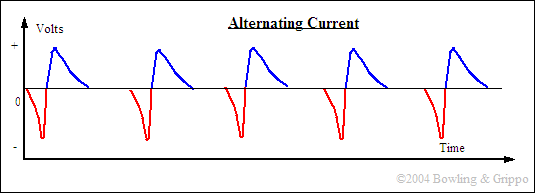I am yanking out the MT82 in my 2011 and putting a Tr-6060 in it's place, I have a issue with the speed sensor, the MT82 uses a hall effect sensor and the TR-6060 uses a VR Sensor.
VR puts out a AC sine wave signal, HE puts out a sqare wave 0-12V DC signal.
My first thought was using a HEI module, it basically convert a VR signal from a distributor to a sqare wave, anyone have any experience with this?
VR puts out a AC sine wave signal, HE puts out a sqare wave 0-12V DC signal.
My first thought was using a HEI module, it basically convert a VR signal from a distributor to a sqare wave, anyone have any experience with this?




Comment